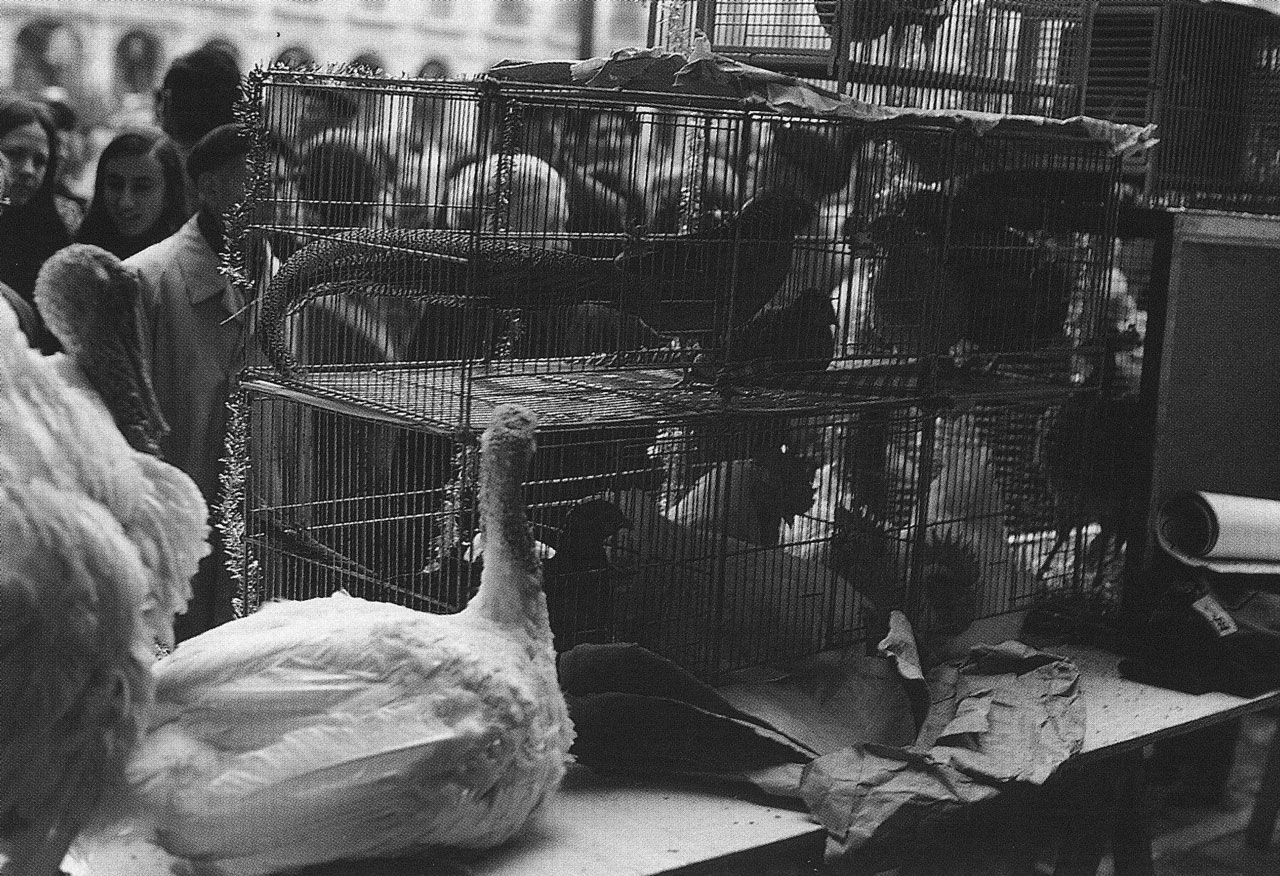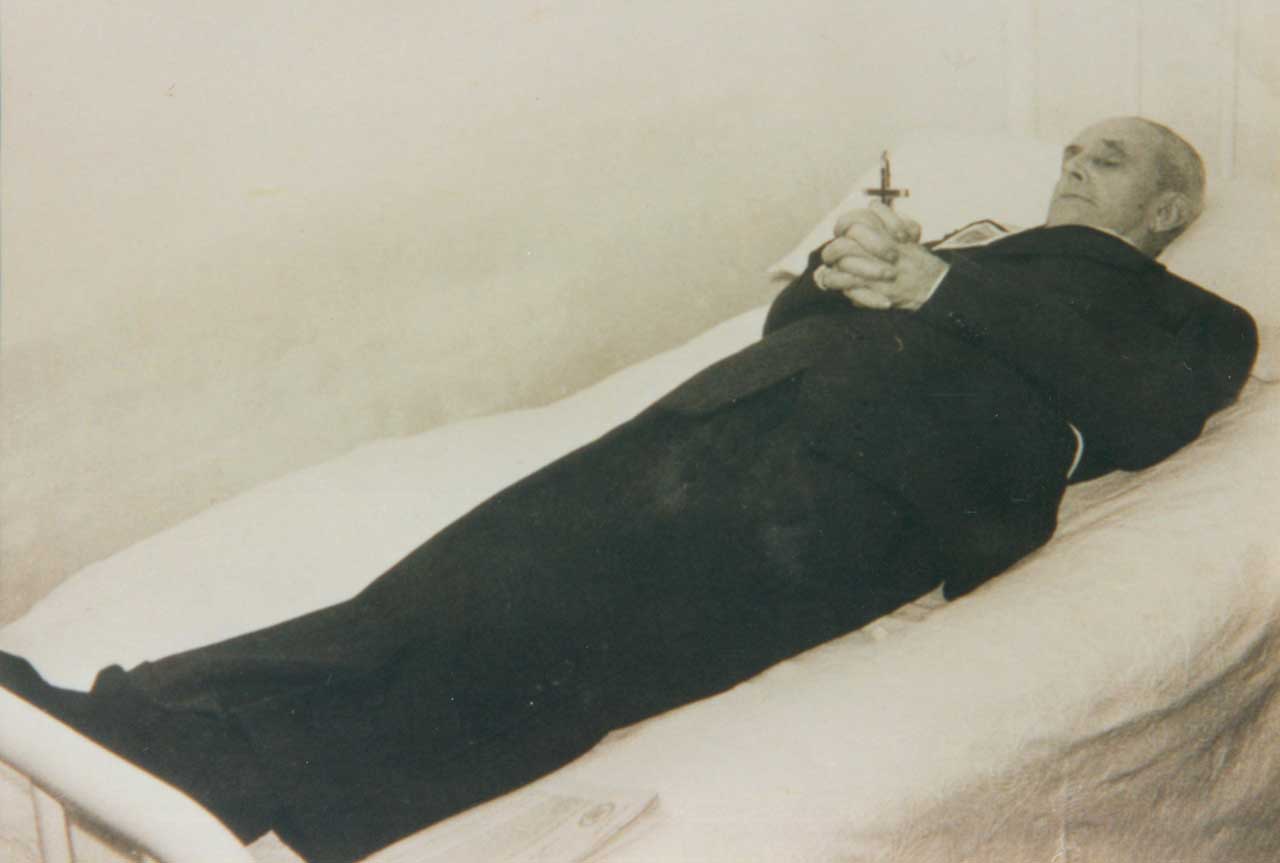Diferencia entre revisiones de «Main Page/en»
De Atlas Etnográfico de Vasconia
| (No se muestran 3 ediciones intermedias del mismo usuario) | |||
| Línea 99: | Línea 99: | ||
====[/atlas/juegos/Columpiandose.jpg|On a swing. Source: Arrien, Gregorio. Niños vascos evacuados en 1937. Bilbao, 1988.|Sirrin-sarran, <br />domini pan, <br />zure semea errotan, <br />errota txiki, <br />errota handi, <br />eragin deutso, <br />pin-pan.<br /><br />''Children’s chant''|]==== | ====[/atlas/juegos/Columpiandose.jpg|On a swing. Source: Arrien, Gregorio. Niños vascos evacuados en 1937. Bilbao, 1988.|Sirrin-sarran, <br />domini pan, <br />zure semea errotan, <br />errota txiki, <br />errota handi, <br />eragin deutso, <br />pin-pan.<br /><br />''Children’s chant''|]==== | ||
====[/atlas/juegos/A-tabas-Zeanuri-1993.jpg|Playing knucklebones. Zeanuri (B), 1993. Source: Ander Manterola, Etniker Euskalerria Groups.|Before glass, and even clay, marbles were introduced, they used parts of plants, including oak acorns and seed pits.|]==== | ====[/atlas/juegos/A-tabas-Zeanuri-1993.jpg|Playing knucklebones. Zeanuri (B), 1993. Source: Ander Manterola, Etniker Euskalerria Groups.|Before glass, and even clay, marbles were introduced, they used parts of plants, including oak acorns and seed pits.|]==== | ||
| − | ====[/atlas/juegos/ | + | ====[/atlas/juegos/Zeanuriko_umetxoak_bat_txirrintolarekin_1913.png|Children from Zeanuri (B), 1913. Source: Labayru Fundazioa Photograhic Archive: Felipe Manterola Collection.|''Txirringolan'' <br /> |
It consisted of rolling a metal or wooden hoop along using a wire rod with a hook at its end to steer or move it.|]==== | It consisted of rolling a metal or wooden hoop along using a wire rod with a hook at its end to steer or move it.|]==== | ||
| Línea 259: | Línea 259: | ||
====[/atlas/agricultura/Acarreando-hierba-verde-Carranza-1977.jpg|Grass hauling. Carranza (B), 1977. Source: Miguel Sabino Díaz, Etniker Euskalerria Groups.|That [traditional agricultural] knowledge came from the deep-rooted bond established with the land. Self-sufficiency entailed deep respect for the land, as their very livelihood depended on it.||]==== | ====[/atlas/agricultura/Acarreando-hierba-verde-Carranza-1977.jpg|Grass hauling. Carranza (B), 1977. Source: Miguel Sabino Díaz, Etniker Euskalerria Groups.|That [traditional agricultural] knowledge came from the deep-rooted bond established with the land. Self-sufficiency entailed deep respect for the land, as their very livelihood depended on it.||]==== | ||
====[/atlas/agricultura/Vinedo-de-Obanos-2011.jpg|Vineyard in Obanos (N), 2011. Source: M.ª Amor Beguiristain, Etniker Euskalerria Groups.|Tente nublo, tente en ti,<br />no te caigas sobre mí,<br />guarda el pan, guarda el vino,<br />guarda los campos que están floridos.<br />''Spell against hail''||]==== | ====[/atlas/agricultura/Vinedo-de-Obanos-2011.jpg|Vineyard in Obanos (N), 2011. Source: M.ª Amor Beguiristain, Etniker Euskalerria Groups.|Tente nublo, tente en ti,<br />no te caigas sobre mí,<br />guarda el pan, guarda el vino,<br />guarda los campos que están floridos.<br />''Spell against hail''||]==== | ||
| + | |||
| + | ====[/atlas/agricultura/Siega-de-trigo-Gesaltza-1950.jpg|Wheat harvest. Gesaltza (G), c. 1950. Source: Municipal Archive of Vitoria-Gasteiz: Enrique Guinea Collection.|Satsitu ta jorratu ta garia hartu. <br />''Spreading manure and weeding and harvesting wheat.''||]==== | ||
| + | |||
| + | ====[/atlas/agricultura/Desgranando-semilla-Zerain-1961.jpg|Seed threshing. Zerain (G), 1961. Source: Karmele Goñi, Etniker Euskalerria Groups.|Selecting seeds has always been a fundamental activity. The best seeds were chosen from each harvest, and they were then stored and used for the next sowing season.||]==== | ||
| + | |||
| + | ====[/atlas/agricultura/Laietan-Zeanurin-1920.jpg|Spading. Zeanuri (B), 1920. Source: Labayru Fundazioa Photograhic Archive: Felipe Manterola Collection.|Spades, ploughs, rakes, sickles, scythes and threshers were the essential tools for agricultural work.||]==== | ||
| + | |||
| + | ====[/atlas/agricultura/Acarreo-de-los-haces-de-trigo-1940.jpg|Haulage of wheat sheaves. Álava, c. 1940. Source: Municipal Archive of Vitoria-Gasteiz: Enrique Guinea Collection.|Both animal and human power had a decisive impact on the way of working and on the crops until the introduction of modern machinery.||]==== | ||
| + | |||
| + | ====[/atlas/agricultura/Recoleccion-de-oliva-a-ordeno-Moreda-2015.jpg|Milking of olive trees. Moreda (A), 2015. Source: José Ángel Chasco, Etniker Euskalerria Groups.|Uzta garaian lokartzen, miserian iratzartzen. <br />''Anyone who sleeps at harvest time wakes up destitute.''||]==== | ||
| + | |||
| + | ====[/atlas/agricultura/Utillaje-para-trabajar-el-lino-Zeanuri-1931.jpg|Implements for linen making. Zeanuri (B), 1931. Source: Labayru Fundazioa Photograhic Archive: Felipe Manterola Collection.|Linoaren atsekabeak, amaigabeak. <br />''Producing fine linen is hard work.''||]==== | ||
| + | |||
| + | ====[/atlas/agricultura/Maizal.-Carranza--2016.jpg|Maize field. Carranza (B), 2016. Source: Luis Manuel Peña, Etniker Euskalerria Groups.|San Jurgi, artoak ereiteko goizegi; San Markos, artoak ereinda balegoz. <br />''St George’s Day is too early to sow maize and St Mark’s Day is too late.''||]==== | ||
| + | |||
| + | ====[/atlas/agricultura/Trilladora-y-costales-de-trigo-Navarra-1960.jpg|Wheat being threshed and sacked. Navarre, c. 1960. Source: Archive of the Museum of Navarre: Nicolás Ardanaz Collection.|Maiatz luzea, gosea; garagarrilak ekarriko du asea. <br />''A very wet May, much straw and little grain.''||]==== | ||
| + | |||
| + | ====[/atlas/agricultura/Vecinos-trabajando-en-las-eras-Alegria-Dulantzi-1940.jpg|Neighbours on the threshing plots. Alegría-Dulantzi (A), c. 1940. Source: Municipal Archive of Vitoria-Gasteiz: Enrique Guinea Collection.|Elur asko den urtean, garia; eta erle asko dugunean, eztia. <br />''A year of snow, a year of plenty.''||]==== | ||
| + | |||
| + | ====[/atlas/agricultura/Sembrando-patata-a-azada-Abadino-2009.jpg|Sowing potato with a hoe. Abadiño (B), 2009. Source: Rosa M.ª Ardanza, Etniker Euskalerria Groups.|Flax fields and market gardens were the areas of the farm that required the greatest care, the pride of the farmer’s property and a cornerstone of the family’s wealth.||]==== | ||
| + | |||
| + | ====[/atlas/agricultura/Molino-de-Carranza-1977.jpg|Mill in Carranza (B), 1977. Source: Miguel Sabino Díaz, Etniker Euskalerria Groups.|Until the 1950s, flour mills were an essential aspect of the livestock-farming economy of our villages.||]==== | ||
| + | |||
| + | ====[/atlas/agricultura/Descargando-el-grano-en-el-remolque-Argandona-2003.jpg|Unloading grain into the trailer. Argandoña (A), 2003. Source: Juan José Galdos, Etniker Euskalerria Groups.|Ezkur urte, laborte urte. <br />''Acorns a plenty, a year of prosperity.''||]==== | ||
====[/atlas/agricultura/Siega-de-trigo-Gesaltza-1950.jpg|Wheat harvest. Gesaltza (G), c. 1950. Source: Municipal Archive of Vitoria-Gasteiz: Enrique Guinea Collection.|Satsitu ta jorratu ta garia hartu. <br />''Spreading manure and weeding and harvesting wheat.''||]==== | ====[/atlas/agricultura/Siega-de-trigo-Gesaltza-1950.jpg|Wheat harvest. Gesaltza (G), c. 1950. Source: Municipal Archive of Vitoria-Gasteiz: Enrique Guinea Collection.|Satsitu ta jorratu ta garia hartu. <br />''Spreading manure and weeding and harvesting wheat.''||]==== | ||
Revisión actual del 16:55 11 mar 2020
Hearth, wood-burning stove and butane cooker. Neighbourhood of Aiuria (Muxika-B), 2011. Source: Segundo Oar-Arteta, Etniker Euskalerria Groups.
House and Family in the Basque Country


House and Family in the Basque Country
Etxe onak, txingar ona. A good fire in a good home.
Family Diet in the Basque Country


Family Diet in the Basque Country
Aza-olioak pil-pil, bisigua zirt-zart, gaztaina erreak pin-pan, ahia goxo-goxo, epel-epel. Traditional Christmas song
Children’s Games in the Basque Country


Children’s Games in the Basque Country
Txirristi-mirristi, gerrena, plat, olio-zopa, kikili-salda, urrup edan edo klik, ikimilikiliklik. Drawing lots chant
Traditional Medicine in the Basque Country


Traditional Medicine in the Basque Country
Baratxuria, hamalau gaitzen kontra. Garlic cures all ills.
Rites from Birth to Marriage in the Basque Country


Rites from Birth to Marriage in the Basque Country
Ezkon urte, ero urte. People go crazy in the year they wed.
Funeral Rites in the Basque Country


Funeral Rites in the Basque Country
A small group of neighbours would watch over the corpse in turns during the night and make sure that the light burning next to it did not go out.
Livestock Farming and Shepherding in the Basque Country


Livestock Farming and Shepherding in the Basque Country
Artaldearentzat artzain guti hobe ainitz baino. Too many cooks spoil the broth.
Agriculture in the Basque Country


Agriculture in the Basque Country
Until the 1950s, flour mills were an essential aspect of the livestock-farming economy of our villages.
,-2011.jpg)







